Video-
IP6505
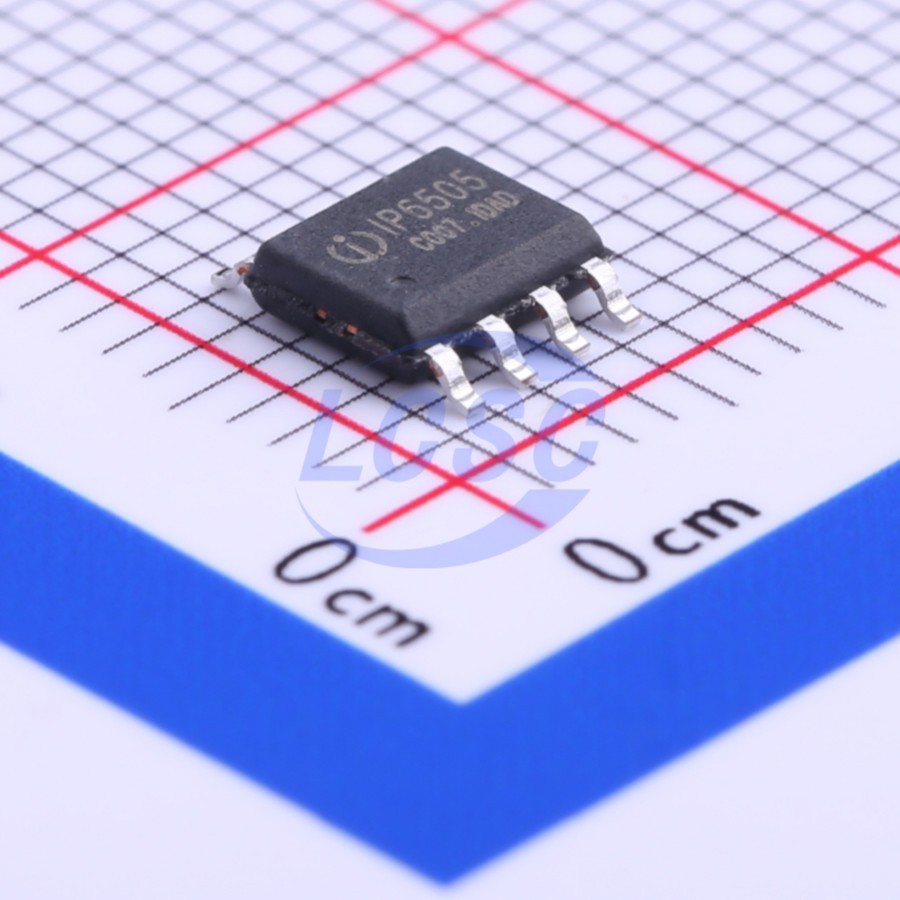
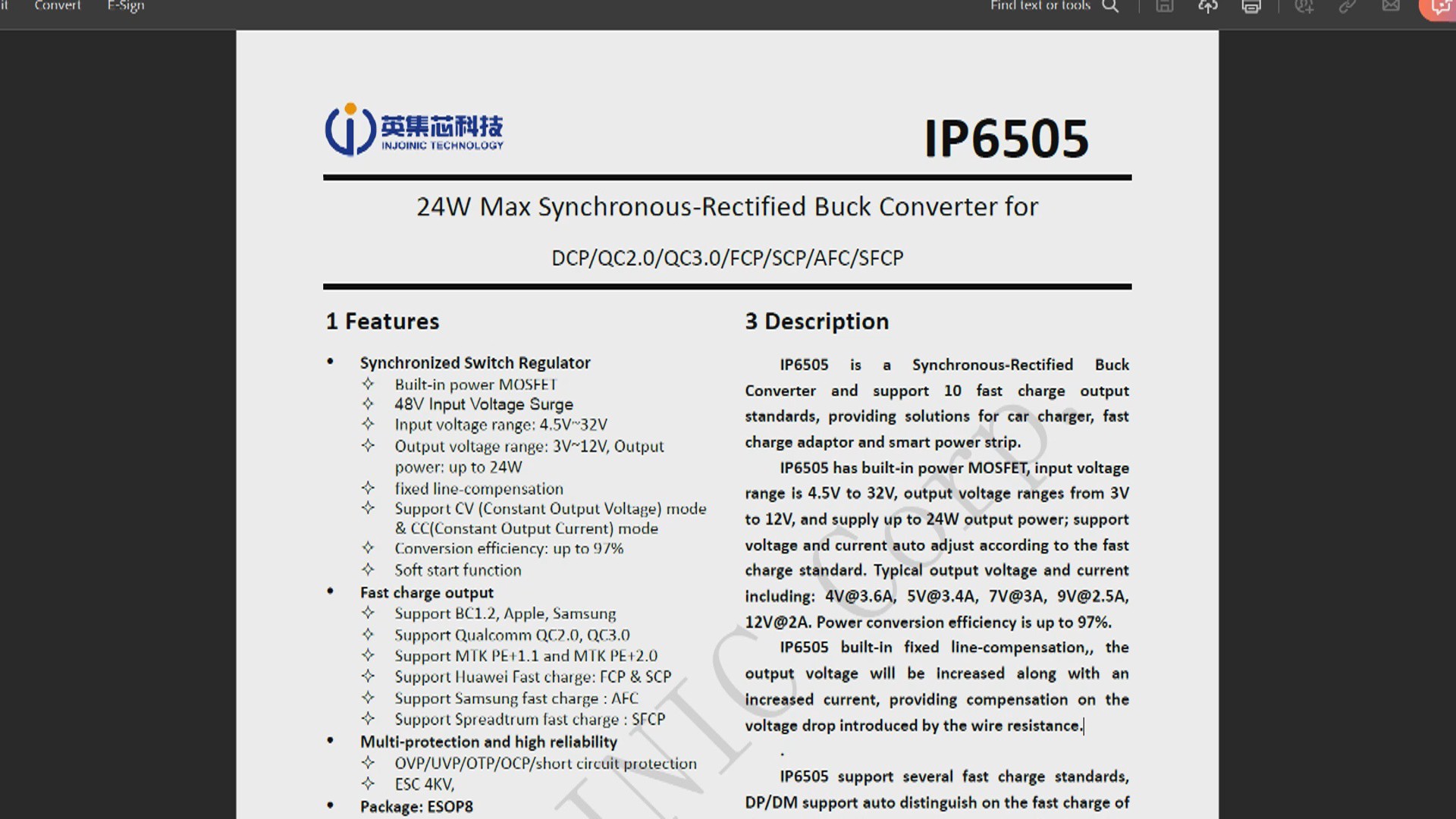
The IP6505, a step-down converter with an inbuilt synchronous switch that can handle an output of up to 10A for fast charging protocols, is the project's main appeal.
An integrated power MOSFET with an output voltage range of 3V to 12V and an input voltage range of 10.5V to 28V is a feature of the IP6505. By automatically altering the voltage and current in accordance with the recognized rapid charge protocol, it can produce up to 24W of output power.
Typical output configurations include 3V@3A, 5V@3A, 7V@3A, 9V@2.5A, and 12V@2A.
The IP6505 features CV/CC characteristics: in CV mode, the output voltage remains constant when the output current is below a set value; in CC mode, the output voltage decreases when the output current exceeds the set value.
It also has a line compensation function, which increases the output voltage as the output current rises to offset the voltage drop caused by the connecting line’s impedance. The IP6505 includes a soft start function to prevent input power instability due to inrush current during startup.
It supports various fast charging protocols, automatically identifying the protocol supported by the connected device via DP/DM and adjusting the output voltage and current accordingly.
Supported protocols include DCP (Apple, Samsung, and BC1.2), Qualcomm QC2.0/QC3.0, Huawei FCP/SCP, and Spreadtrum SFCP. The IP6505 also offers multiple protection features, including input overvoltage and undervoltage protection, output overcurrent, overvoltage, undervoltage, and short circuit protection.
The buck conversion efficiency reaches up to 97.5%.You can checkout its Datasheet here: https://robu.in/wp-content/uploads/2020/06/USB-Fast-Charging-Module.pdf
CIRCUIT
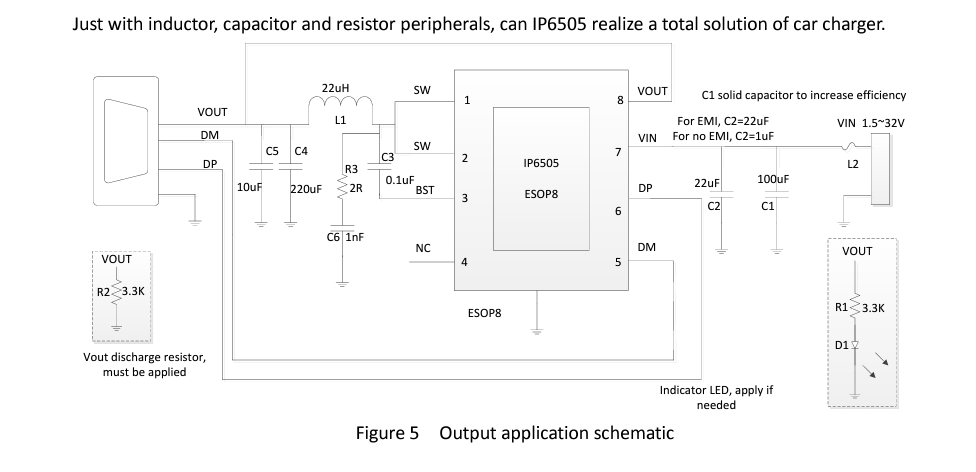
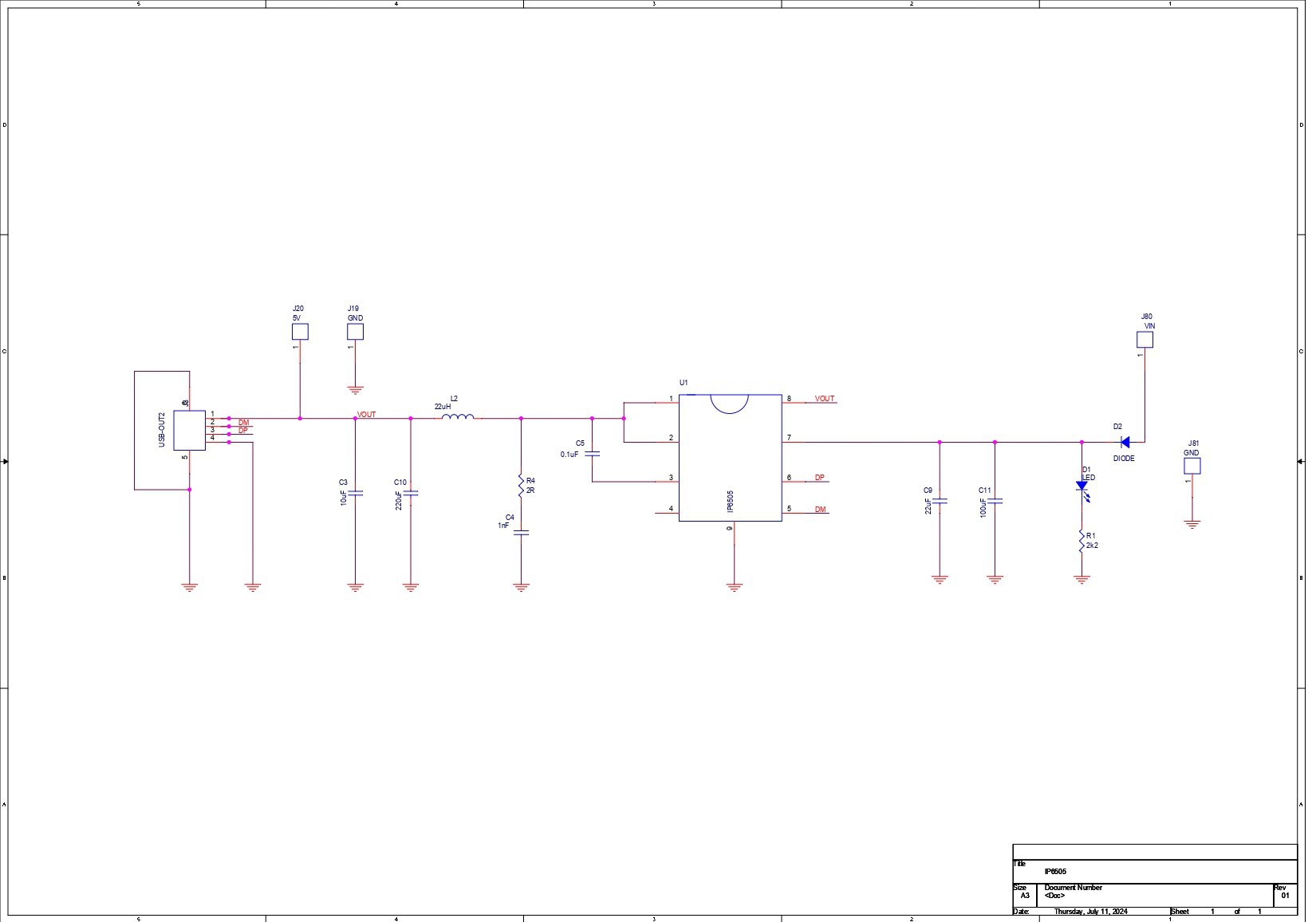
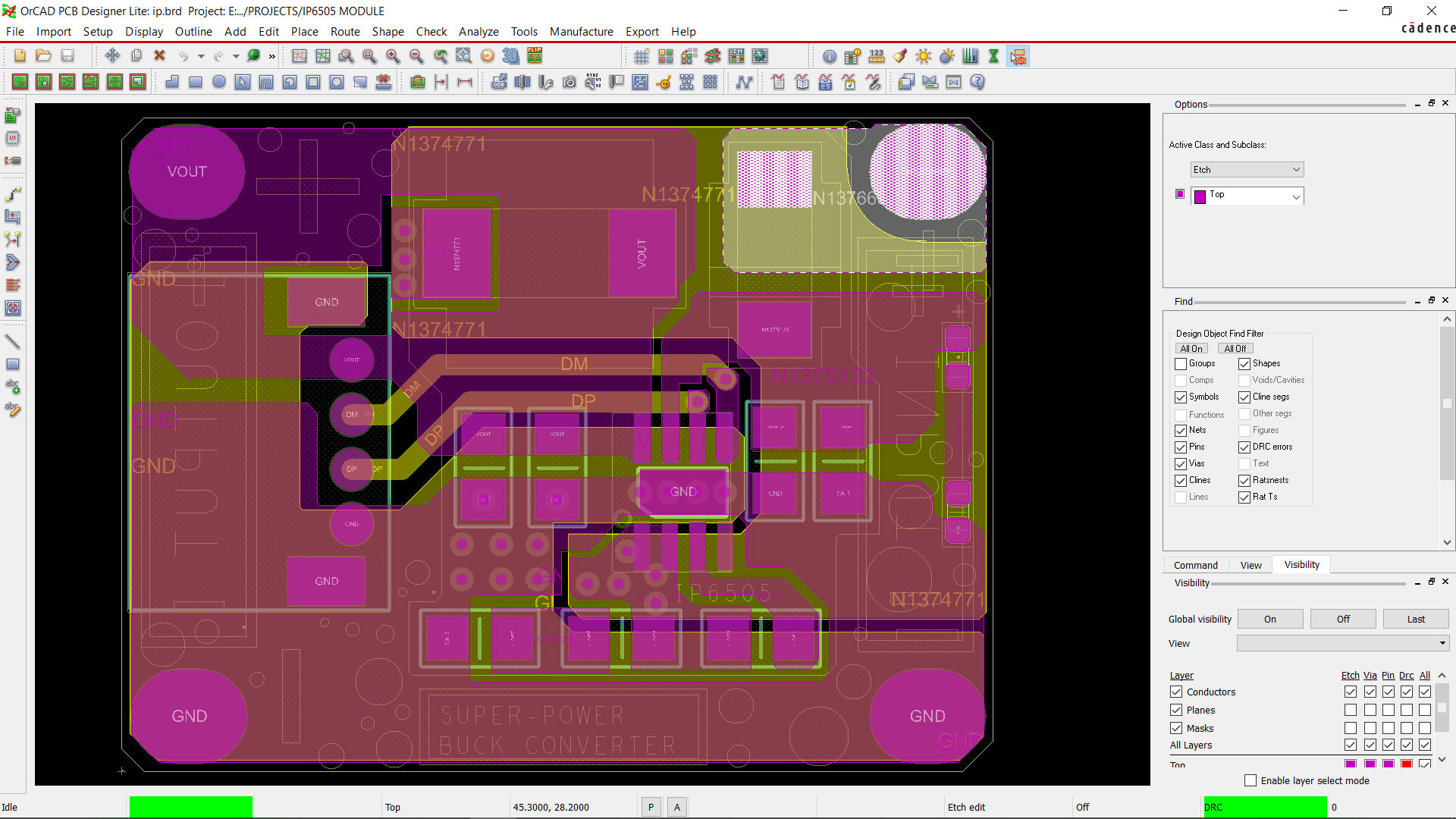
We created an initial layout using the IP6505 datasheet as a guide. It included a few resistors and capacitors linked to the IP6505 in the suggested setup.
In order to create an ALL-SURFACE-MOUNT board that can be utilized as a module in an upcoming project, we employed all SMD components in this case. To put it simply, the user can add this board as a surface-mount device to another PCB by utilizing SMD.
Following the creation of the board schematic, we moved on to the PCB design. This included creating a 40 mm by 30 mm board with input terminals on one side and USB on the other. According to the specification, the IP6505 is positioned in the center, and the input and output capacitors are positioned as close to the IP6505 as possible.
PCBWAY SERVICE
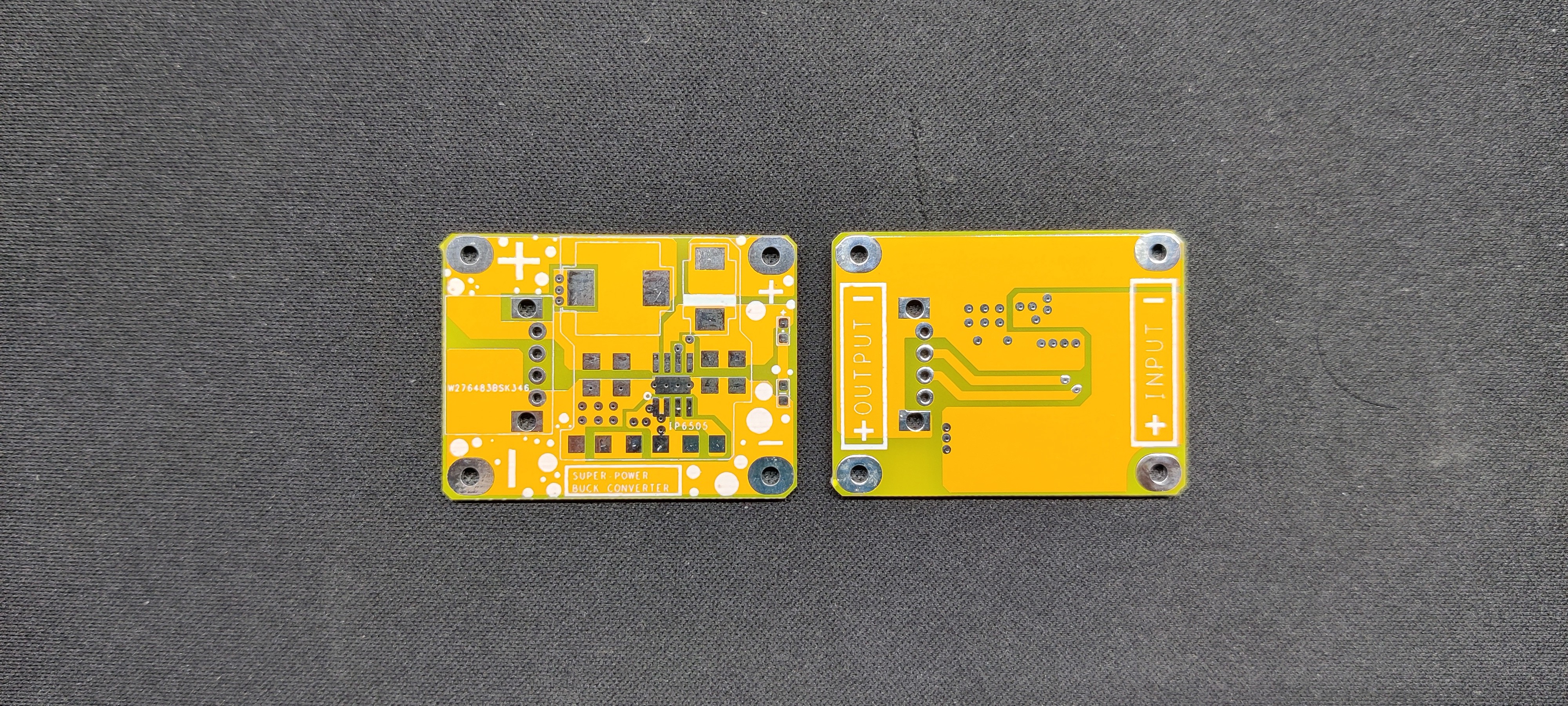
Following the completion of the board design, we ordered a yellow solder mask with white silkscreen and submitted the PCB's Gerber data on the PCBWAY quote page.
PCBs were received within a week, and the PCB quality was outstanding. Here, we added a few design elements on the board's silkscreen layer to increase the aesthetic appeal of the project. PCBWAY made the custom layer properly, which shows their great PCB manufacturing capabilities.
Over the past ten years, PCBWay has distinguished itself by providing outstanding PCB manufacturing and assembly services, becoming a trusted partner for countless engineers and designers worldwide.
Their commitment to quality and customer satisfaction has been unwavering, leading to significant growth and expansion.
You guys can check out PCBWAY If you want great PCB service at an affordable rate.
 Arnov Sharma
Arnov Sharma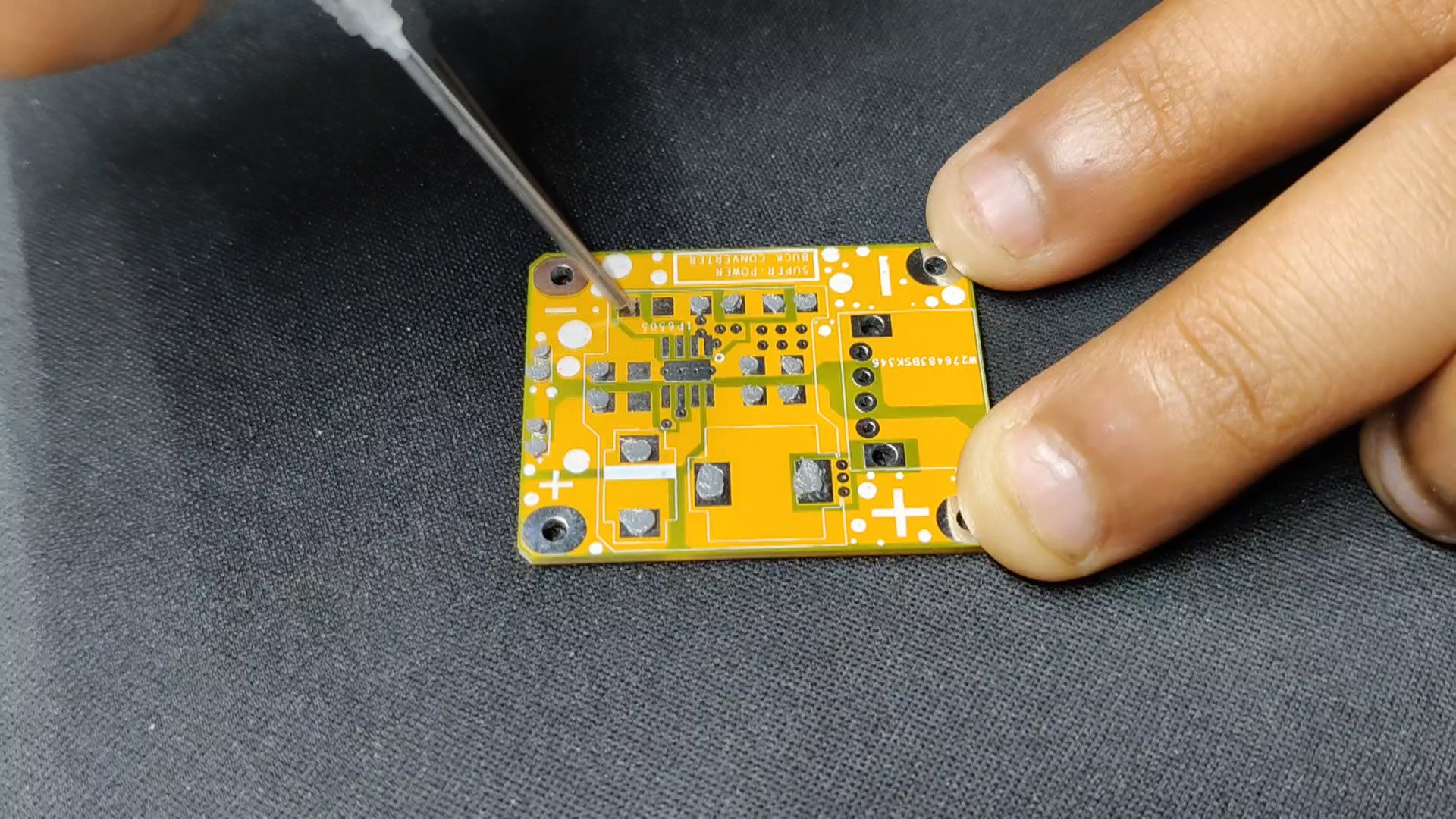
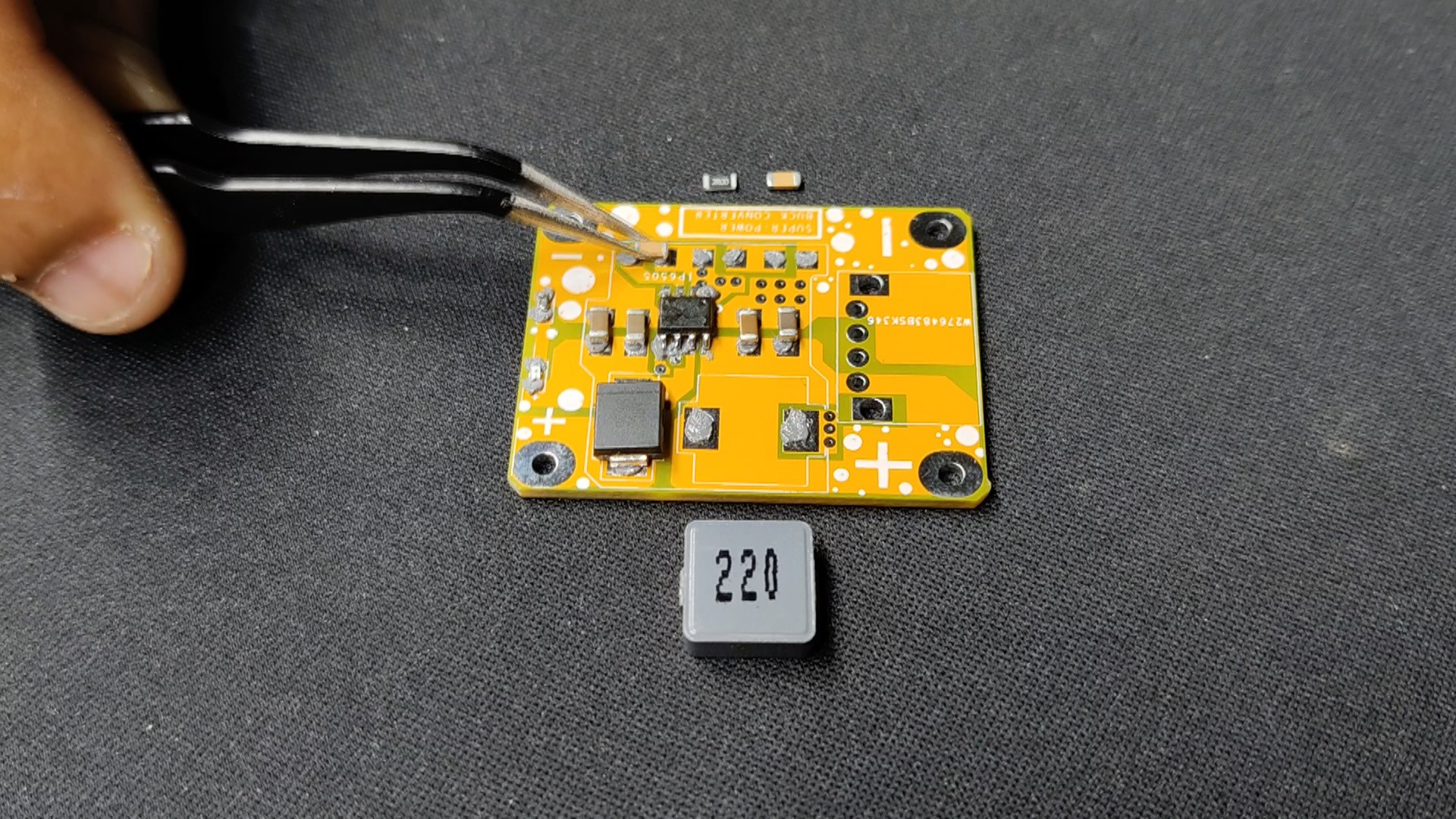
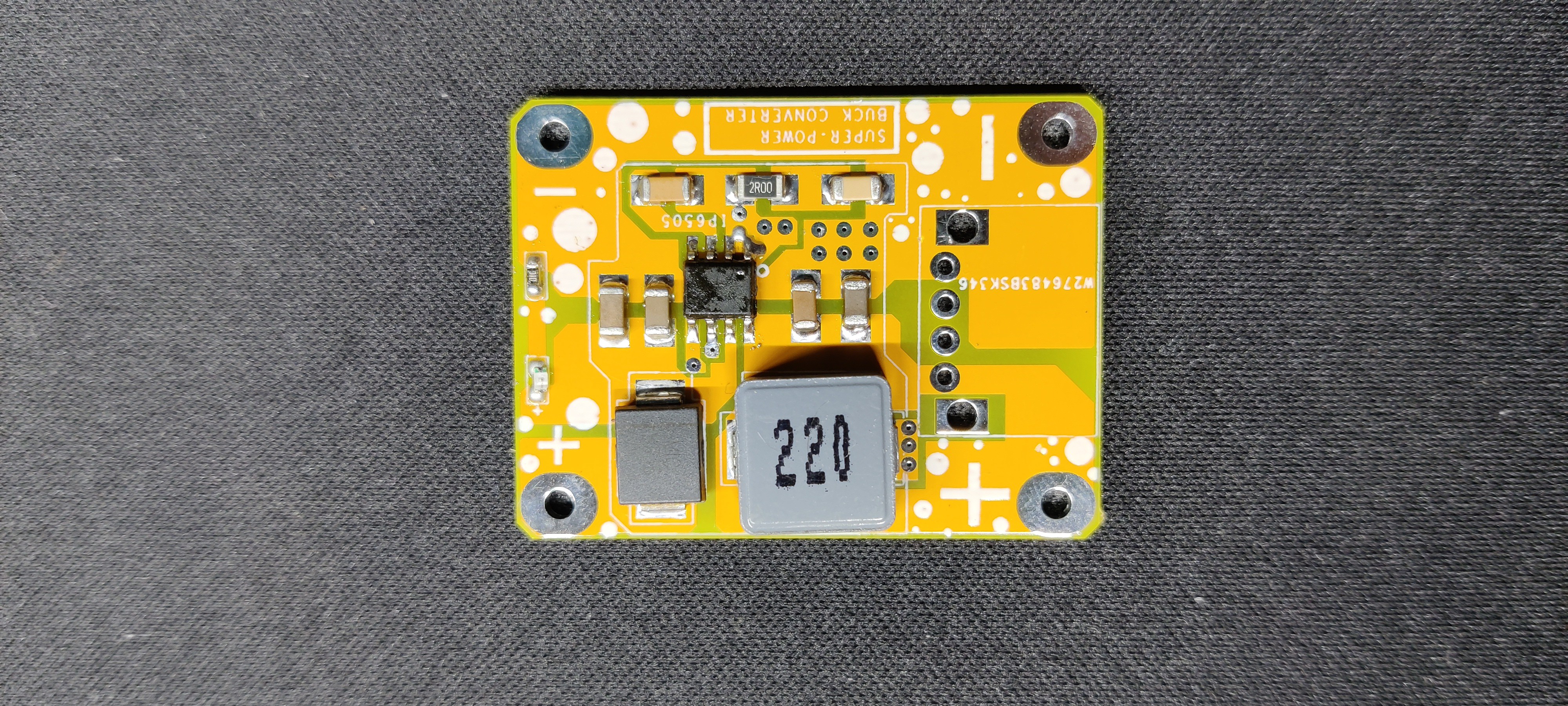
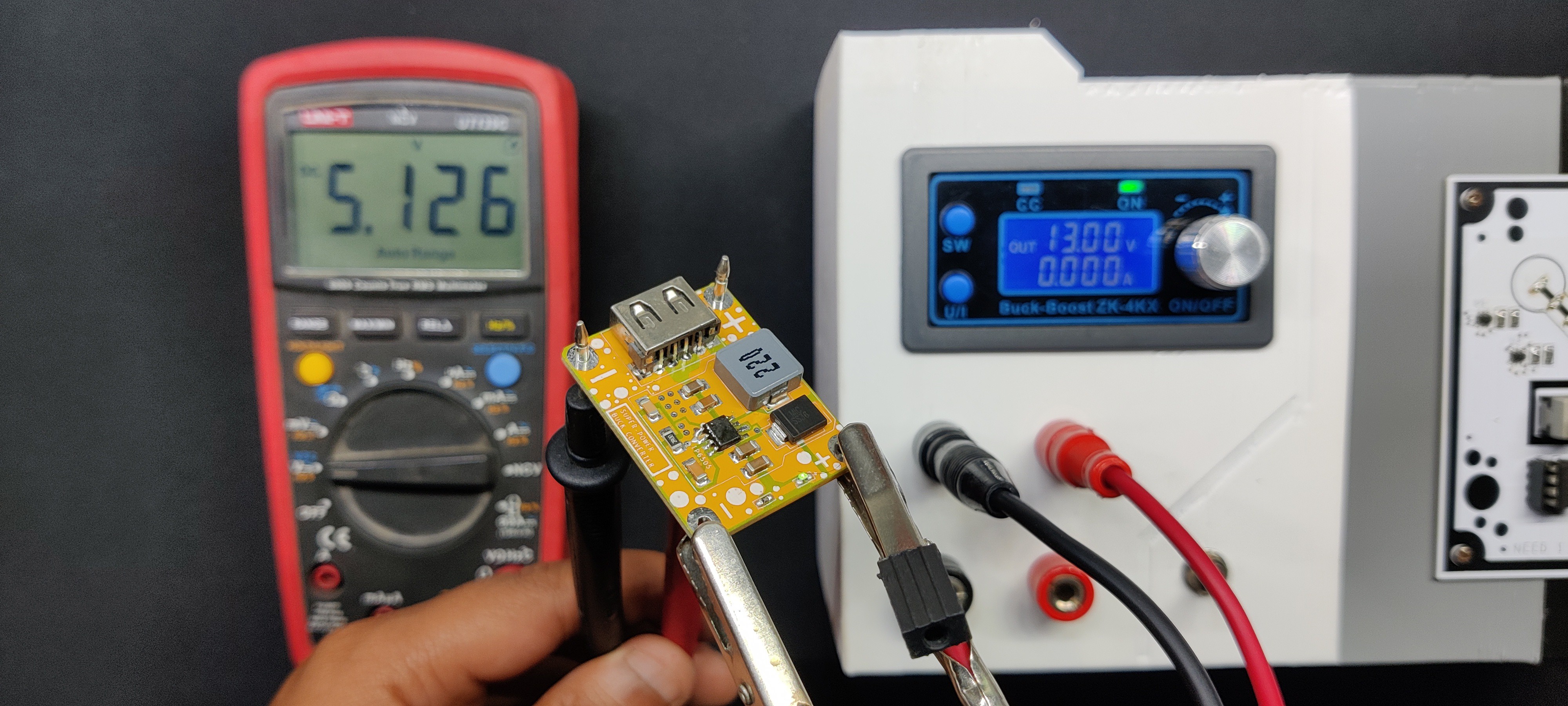
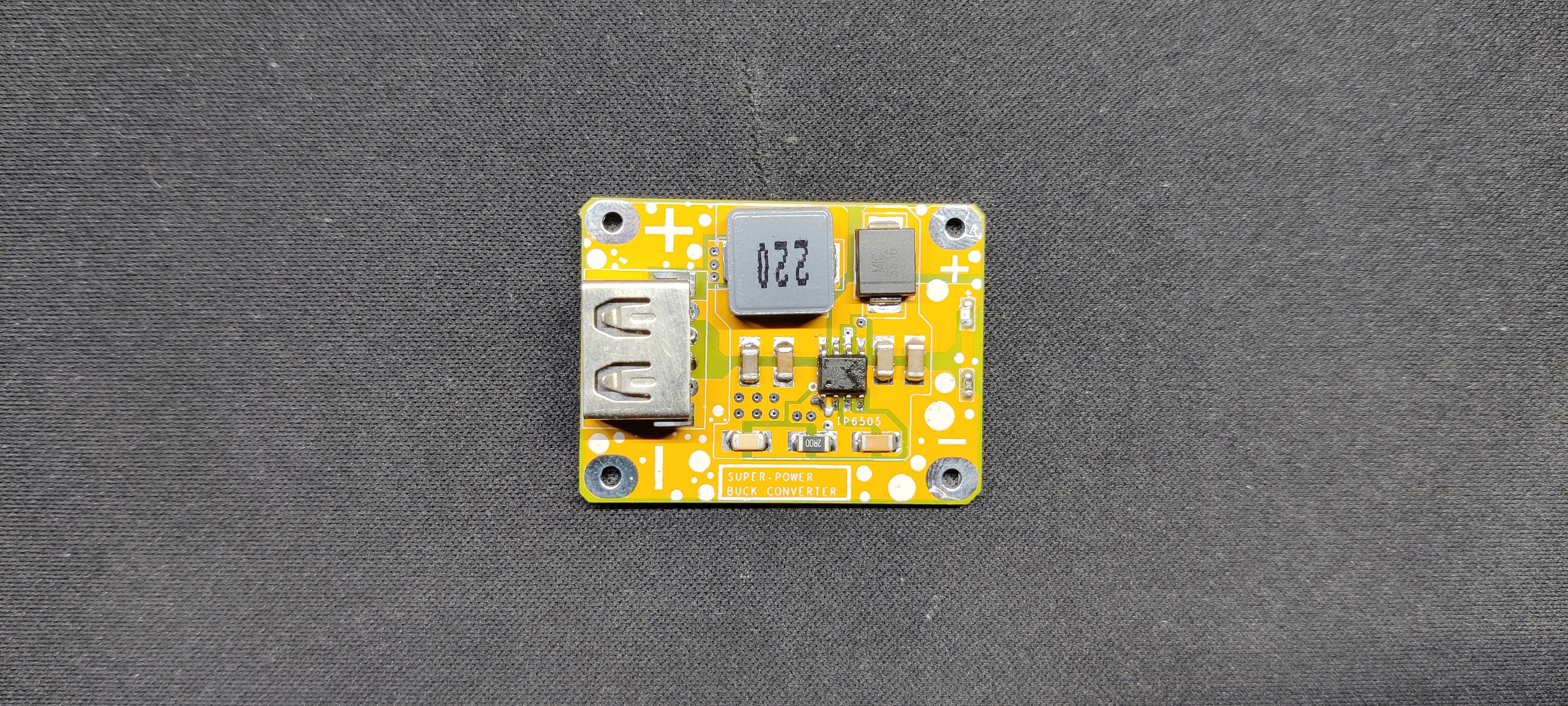
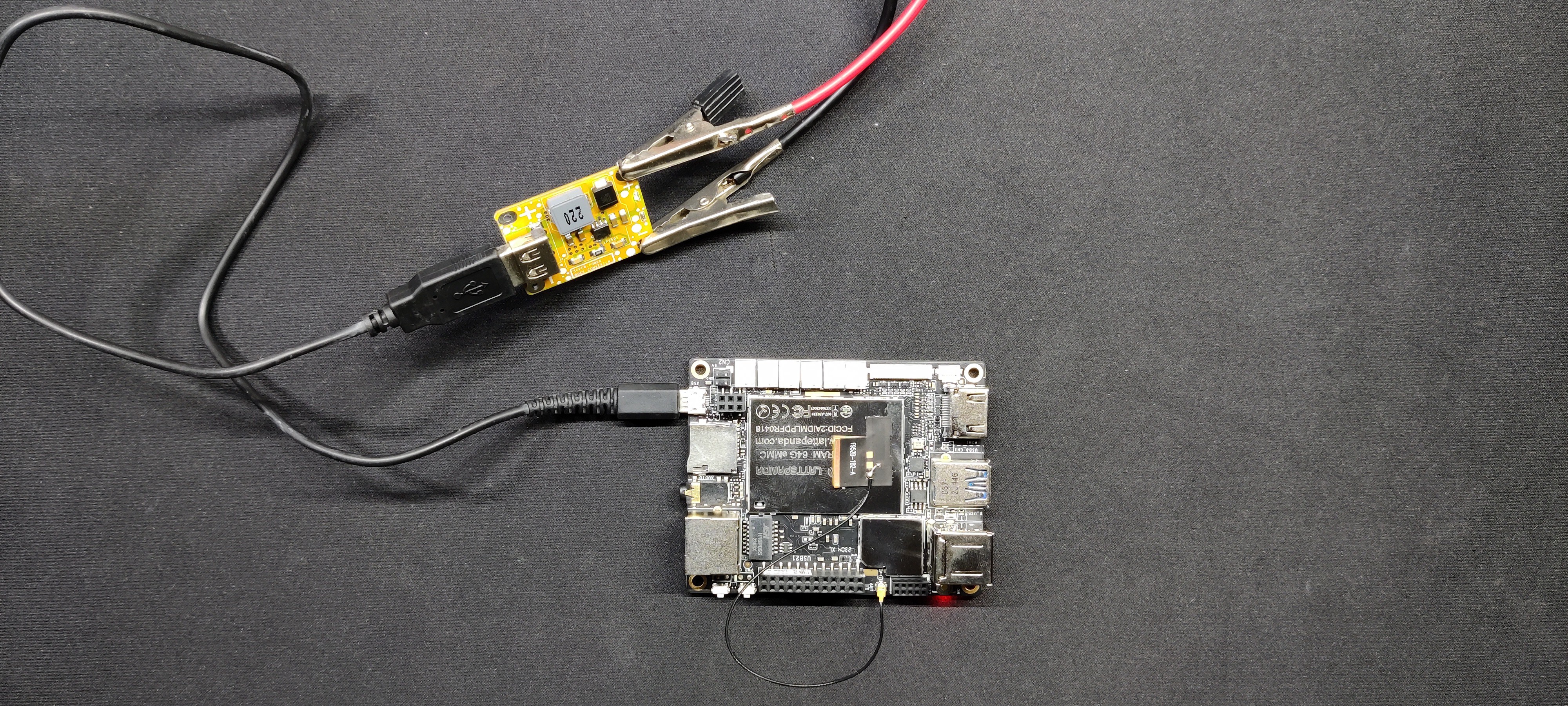
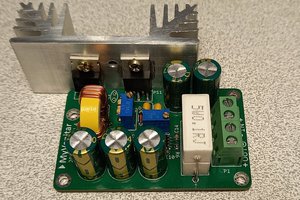
 hesam.moshiri
hesam.moshiri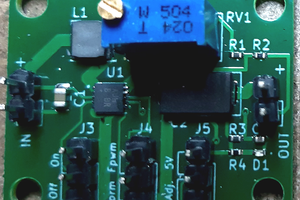
 Sergio Ghirardelli
Sergio Ghirardelli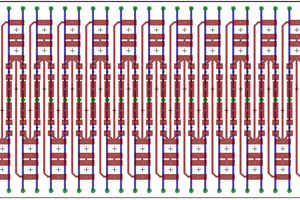
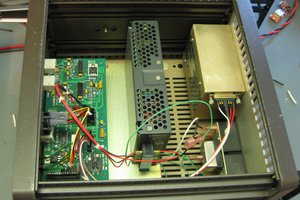
 Quinn
Quinn